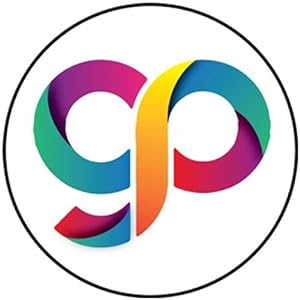Galileo Galilei
关于作者
Galileo Galilei had seriously considered the priesthood as a young man, at his father's urging he instead enrolled at the University of Pisa for a medical degree.[20] In 1581, when he was studying medicine, he noticed a swinging chandelier, which air currents shifted about to swing in larger and smaller arcs. It seemed, by comparison with his heartbeat, that the chandelier took the same amount of time to swing back and forth, no matter how far it was swinging. When he returned home, he set up two pendulums of equal length and swung one with a large sweep and the other with a small sweep and found that they kept time together. It was not until Christiaan Huygens almost one hundred years later, however, that the tautochrone nature of a swinging pendulum was used to create an accurate timepiece.[21] To this point, he had deliberately been kept away from mathematics (since a physician earned so much more than a mathematician), but upon accidentally attending a lecture on geometry, he talked his reluctant father into letting him study mathematics and natural philosophy instead.[21] He created a thermoscope (forerunner of the thermometer) and in 1586 published a small book on the design of a hydrostatic balance he had invented (which first brought him to the attention of the scholarly world). Galileo also studied disegno, a term encompassing fine art, and in 1588 attained an instructor position in the Accademia delle Arti del Disegno in Florence, teaching perspective and chiaroscuro. Being inspired by the artistic tradition of the city and the works of the Renaissance artists, Galileo acquired an aesthetic mentality. While a young teacher at the Accademia, he began a lifelong friendship with the Florentine painter Cigoli, who included Galileo's lunar observations in one of his paintings.[22][23] In 1589, he was appointed to the chair of mathematics in Pisa. In 1591 his father died and he was entrusted with the care of his younger brother Michelagnolo. In 1592, he moved to the University of Padua, teaching geometry, mechanics, and astronomy until 1610.[24] During this period Galileo made significant discoveries in both pure fundamental science (for example, kinematics of motion and astronomy) as well as practical applied science (for example, strength of materials and improvement of the telescope). His multiple interests included the study of astrology, which at the time was a discipline tied to the studies of mathematics and astronomy.[25]
阅读完整简历













